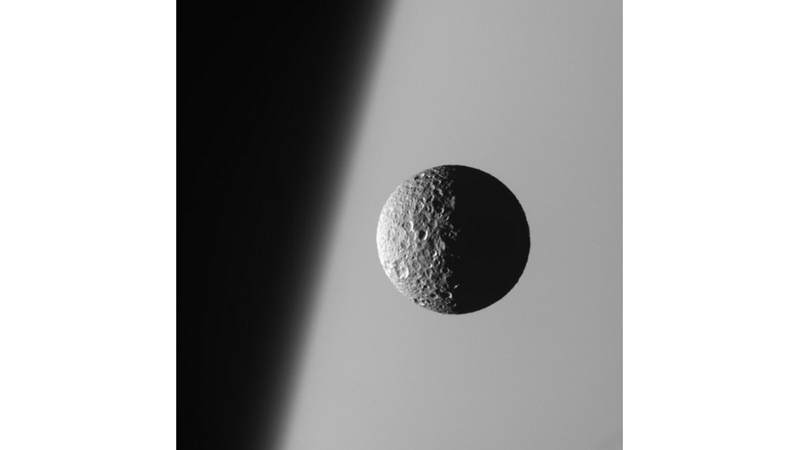Saturn's small, icy moon Mimas reveals its past in the scars on its surface. Measuring only 397 kilometers in diameter, the moon is dotted with numerous impact craters from the turbulent early days of our solar system.
The most striking feature of Mimas is the huge Herschel crater (not shown in this image), named after the British astronomer who discovered it in 1789. It is thought that the shock waves from this massive impact may have caused the formation of rifts called chasmata on Mimas' reverse face.
The surface of Mimas appears to be surprisingly frozen. It is quite close to Saturn and has a wider orbit than Enceladus, one of the other icy moons of the same planet, so it is expected to experience more tidal heating than Enceladus. But whereas Enceladus has water geysers that indicate internal warming, Mimas retains a frozen past with a surface covered in dense craters.
This contrast has raised a problem called the "Mimas Test": Any theory that explains the partially molten interior of Enceladus must also explain the completely frozen surface of Mimas.
Image description:
Mimas, a small moon with a heavily cratered surface, is sharply focused against the hazy edge of Saturn's atmosphere. Half of Mimas is visible, while the right side is in shadow. The image is in black and white.
Credit: NASA/JPL-Caltech/Institute for Space Science


 Nielawore
Nielawore









Yorum yazmak için lütfen giriş yapınız